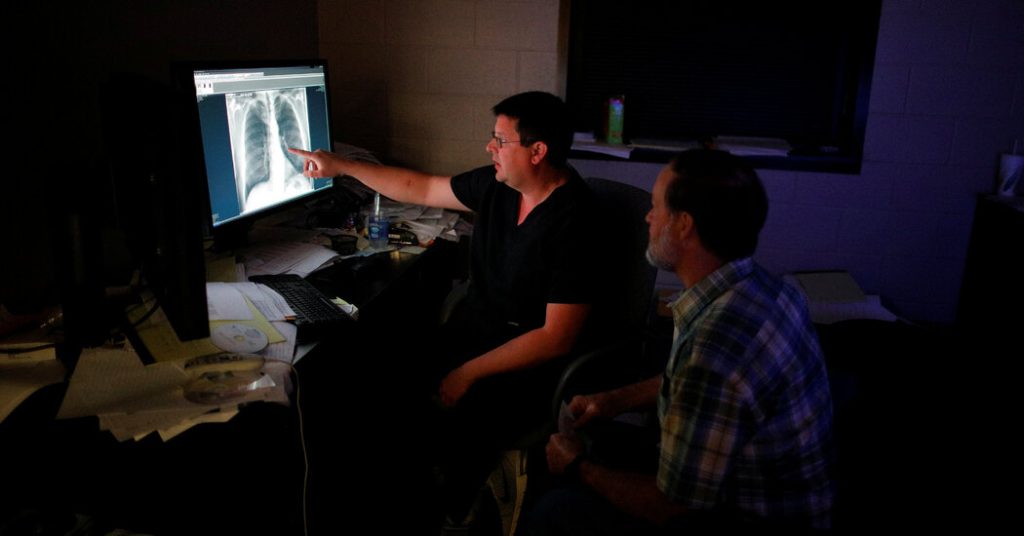Federal regulators have issued new protections for miners against airborne silica dust, a mineral that can cause deadly lung ailments. The regulations require mining companies to limit concentrations of silica, affecting over 250,000 miners in various industries. Delay in implementing these protections has resulted in a resurgence of severe black lung disease among younger miners, linked to poorly controlled silica exposure. The new rule halves the allowed concentration of silica dust and has been widely supported within the industry, although concerns exist about enforcement.
The dangers of silica dust inhalation have been known for nearly a century, with recommendations to reduce exposure dating back to the 1970s. However, progress on implementing rules to protect miners has stalled over several presidential administrations. The efforts to regulate silica levels in coal mines broadened to encompass all miners, but faced numerous obstacles due to politics, industry opposition, and competing priorities. Both the Clinton and Obama administrations expressed regret over the lack of progress on silica regulations during their tenures.
Rates of severe black lung disease have surged in recent years due to increased silica dust exposure from changes in mining practices. Miners in their 30s and 40s were being diagnosed with advanced lung disease, highlighting the failure to prevent this severe ailment. The new rule issued on Tuesday adopts a silica limit recommended in 1974, but concerns exist over the enforcement of the regulation. Mining companies are tasked with monitoring their own compliance, raising fears of past fraud and misrepresentation in sample collection.
Mining industry groups have raised objections to the new rule, arguing that it is too strict and costly. They have requested greater flexibility in approaches to reducing dust levels and scaling back sampling requirements. Concerns have also been raised about the cost of providing free periodic medical exams to workers, particularly for companies mining materials other than coal who are not currently subject to such requirements. However, federal regulators defend these programs as vital for ensuring miners’ health and tracking disease progression.
The effectiveness of the new rule may not be evident immediately, as lung disease can take years to develop. Former heads of the Mine Safety and Health Administration expressed regret over the delay in implementing silica regulations, citing the recent surge in severe black lung disease as evidence of the missed opportunity to prevent harm to miners. The rule is intended to protect workers in various industries from the deadly effects of silica dust exposure, but concerns remain about enforcement and industry compliance.
Despite the challenges faced in implementing these protections, the new rule marks a significant step towards safeguarding miners against the deadly effects of silica dust exposure. The long-delayed regulations are expected to improve working conditions for miners and reduce the incidence of severe lung diseases caused by silica inhalation. The government’s commitment to enforcing these protections and holding companies accountable for compliance will be crucial in ensuring the safety and well-being of miners across different industries.


